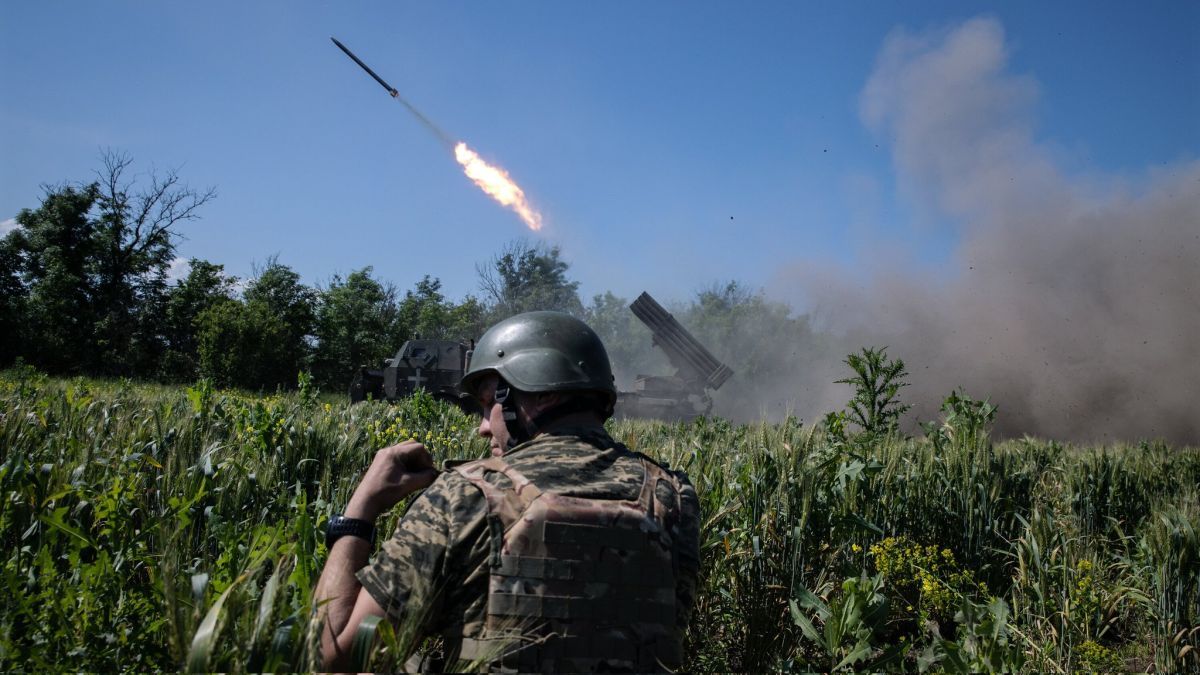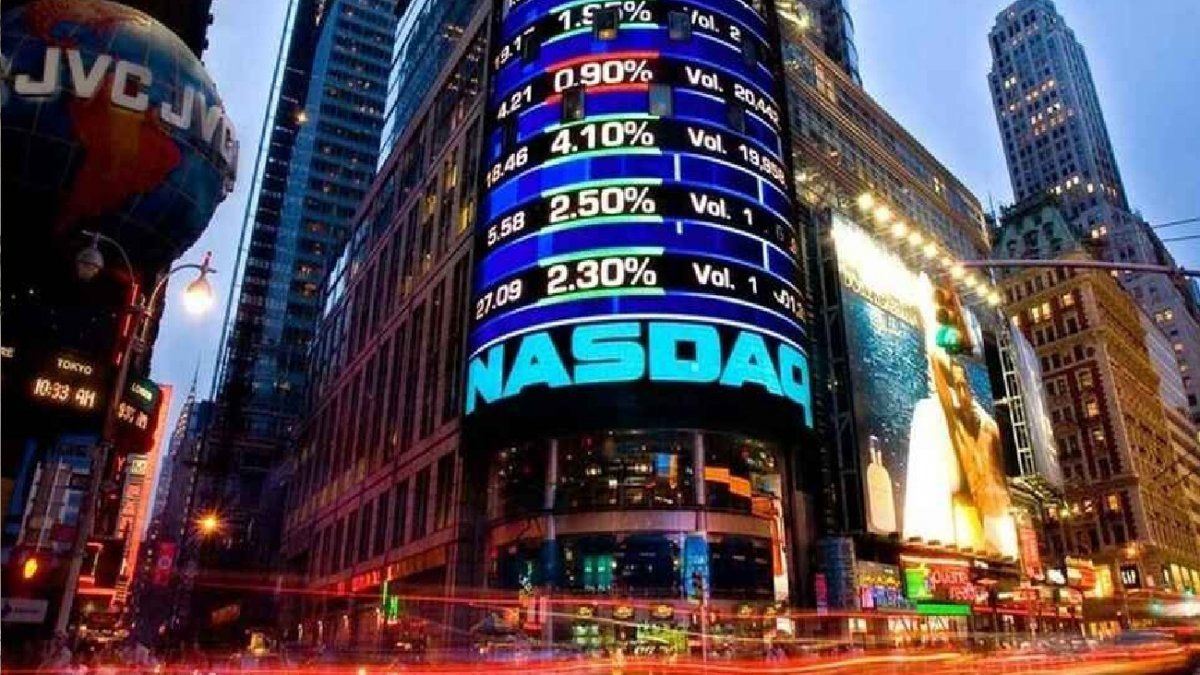The defense and aerospace sector has experienced a very positive impact from the war in Ukraine, an issue that has been reflected in the markets since the end of February 2022. The shares of companies associated with the military have jumped at the time of the start of the conflict and generally maintain an upward trend. The cause? An increase in global defense spending, mainly in response to the crisis in Eastern Europe, but also with an eye on other latent disputes.
The delivery of weapons to Ukraine by countries such as the United States, Germany and the United Kingdom has boosted the numbers of companies such as Raytheon, Lockheed Martin, BAE Systems or Rheinmettall, as well as the companies associated with their value chains. European rearmament has reactivated the production and logistics of mainly aerial weapons systems – such as the American F-35 Lightning II – and land systems – such as the German Leopard tanks.
Countries that have provided the most military aid to Ukraine
The countries most committed to military aid to Ukraine, from January 22, 2022 to July 31, 2023 (in billion euros)
image.png
Source: IfW Kiel Ukraine Support Tracker/Statista
The defense and aerospace sector is characterized by being very high technology, having long commercial cycles and production classified as secret. Thinking from the point of view of an investor, the main drivers of the industry have to do with its slow but constant growth, the condition of an oligopolistic sector dominated by a few large companies and its significant dependence on government contracts, associated with national visions. on security – anchored in budget allocations -.
The aerospace industry has a close relationship with defense production, since many companies operate in both areas, given the dual nature of its manufacturing. For example, Boeing is the world’s largest manufacturer of commercial aircraft, but it also produces military aircraft, missiles and satellites. While Lockheed Martin is the world’s largest supplier of defense systems, but it also has a space division that manufactures rockets, probes and spacecraft. Thus, for its part, Raytheon Technologies is a leader in electronic systems, sensors and radars for both military and civil applications.
From a vision focused on technological and industrial development, defense and aerospace production conglomerates are generators of much added value, contributors of quality employment and sources of great innovations. These characteristics are very attractive for any government.
The aerospace sector benefits from technological innovations developed by the defense sector, such as composite materials, advanced propulsion or artificial intelligence. In turn, the defense sector benefits from the growth of the commercial aerospace market, which offers new opportunities to diversify its revenues and reduce its dependence on government contracts.
The increase in geopolitical tensions and plans to strengthen the military capabilities of several nations have generated the current increases in global defense budgets. This situation benefits the defense and aerospace industry. According to a report by the Stockholm International Peace Studies Institute (SIPRI), global defense spending reached $2.2 trillion in 2022, 3.7% more than the previous year. The countries with the largest military budgets are the United States, China, Russia, India and Germany, together representing 62% of the planet’s total defense spending.
The main companies in the aerospace and defense sector have experienced a significant increase in their income during 2022, and the trend is upward. According to the publication DefenseNews, the companies with the highest sales associated with defense in 2022 were:
- Lockheed Martin -NYSE:LMT- (US$63 billion), manufacturer of the F-35 and main contractor in the United States.
- Raytheon Technologies -NYSE:RTX- (US$39 billion), manufacturer of airplane engines, missiles, aircraft, electronics, etc.
- Northrop Grumman -NYSE:NOC- (US$32 billion), also one of the main contractors in the United States, creator of the B-2 Spirit stealth bombers, the B-21 Raider and civil developments such as the James Webb Space Telescope .
- The Chinese firm AVIC (US$30 billion), Boeing -NYSE:BA- (US$30 billion) and the British BAE Systems (US$25 billion), among others.
In short, both the conflict in Ukraine and the tensions in Asia-Pacific are factors that positively impact the defense and aerospace sector, with an increase in the shares of the main companies due to higher defense budgets worldwide. This present implies higher expected returns than in the past. This is undoubtedly a market target that capital must consider, weighing the ethical and political aspects involved in investing in companies that benefit from war.
Note: An investor from Argentina has CEDEARS from Lockheed Martin (LMT), Raytheon (RTX) and Boeing (BA).
Source: Ambito
David William is a talented author who has made a name for himself in the world of writing. He is a professional author who writes on a wide range of topics, from general interest to opinion news. David is currently working as a writer at 24 hours worlds where he brings his unique perspective and in-depth research to his articles, making them both informative and engaging.




